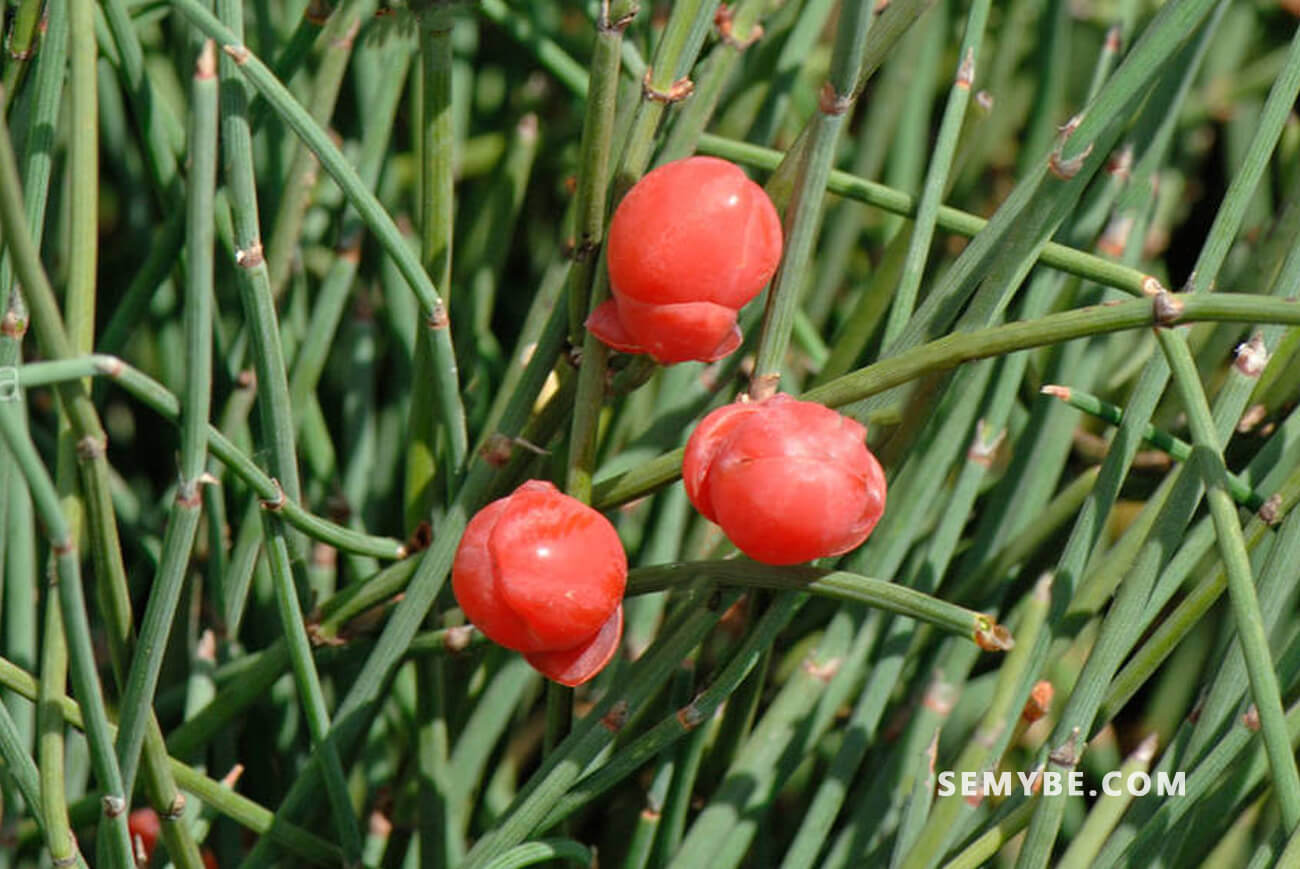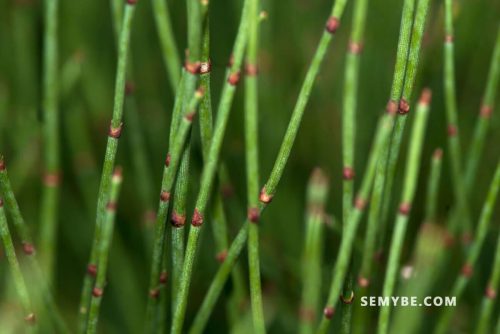
Ephedra Sinica
1. History and use
Originally from North China and Mongolia, ephedra often grows in desert areas. It is grown from seedlings in autumn or by root division in autumn or spring, and requires well-drained soil are harvested all year round then dried.
2. Description of the plant
Very stimulating, this acre-flavored plant holds an important place in the herbalist tradition of several countries. According to legend, the bodyguards of Genghis Khan, fearing to be beheaded if they fell asleep while standing guard, used to eat ephedra tea to stay alert, and today it is used to treat a variety of ailments: colds, fevers, asthma and hay fever.

3. Curative action
- Monastic use
The Zen monks used ephedra to promote concentration and calm during meditation.
- Chinese medicine
In China, it is a popular remedy against colds and fever attacks, coughs and respiratory disorders, it would treat kidney weaknesses Uses in the West Ephedra is used for its effects against asthma, hay fever and acute cold or flu outbreaks It also improves blood circulation, calms fevers and relieves rheumatism.
4. Uses
Decoction: Doctors prescribe it in the treatment of asthma.
Powder Chinese use it to cure kidney failure.
Tincture used to relieve rheumatic pain.




